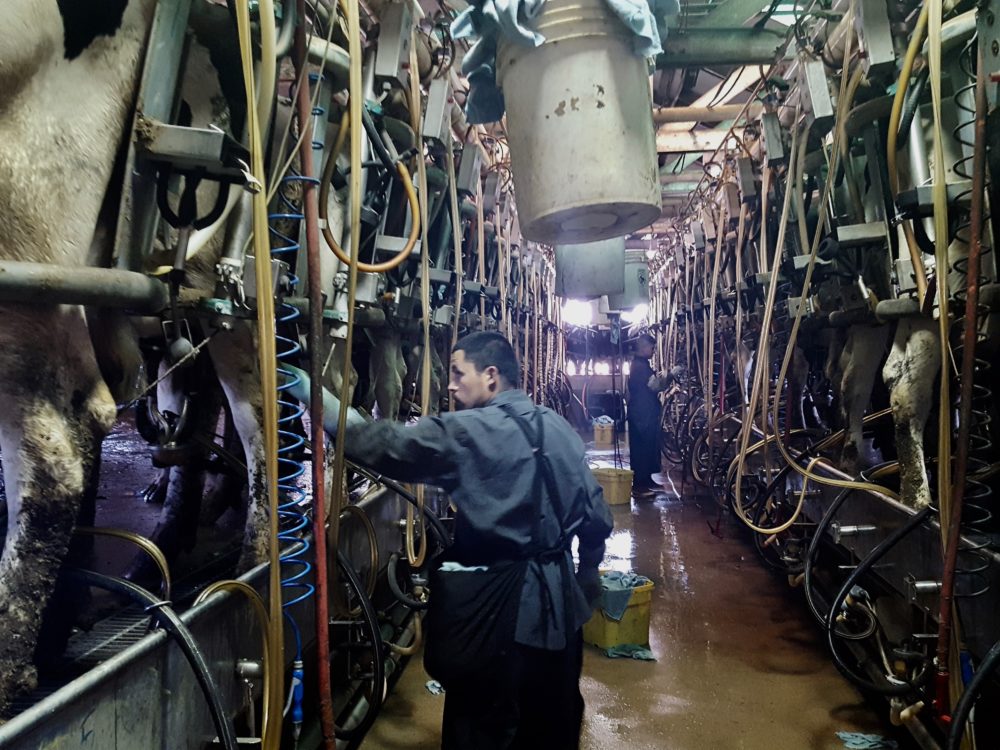Dire Situation for Dairy Producers Pt 1
COVID-19 Farm Crisis
With Restaurants and Other Food Service Providers Shutdown, Dairy Producers Have No Place to Send Their Milk
By Rick Worthington, with AgInfo.net
Kristi Spence is with Dairy West, and works with dairy in both Idaho and Utah. She says- it’s as bad a situation as she has seen.
CNN reports, Milk dumping isn’t just devastating for the farmers. For Americans who can’t afford food or are unable to buy enough milk because grocery stores are out or capping purchases, the images are painful.
Pouring out milk is another example of how major disruptions in the supply chain, caused by the pandemic and efforts to contain it, are preventing food from getting to where it needs to go.
The pandemic has delivered a major blow to several sectors, from the airline industry to retail. For the milk industry, the setback is particularly painful.
Both dairy farmers and milk processors were struggling even before the pandemic hit. Such a major disruption has only made things harder. And the rigid supply chain means neither farmers nor processors can switch gears quickly enough to avoid waste.
Nobody wants to dump milk. But doing that now — along with other efforts — could help farms pull through later on, and could help make sure that Americans have enough milk, cheese, butter and ice cream in the future.










